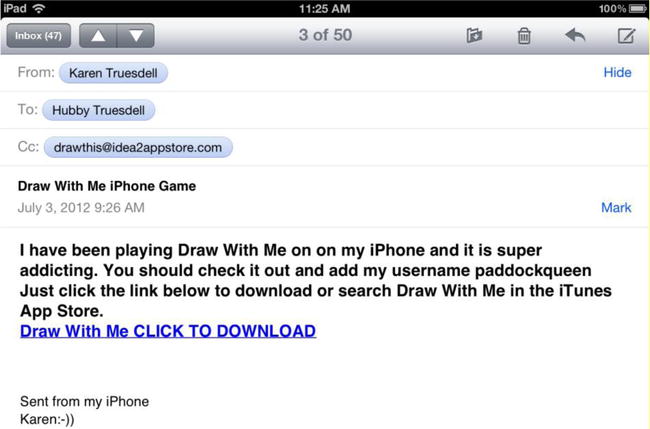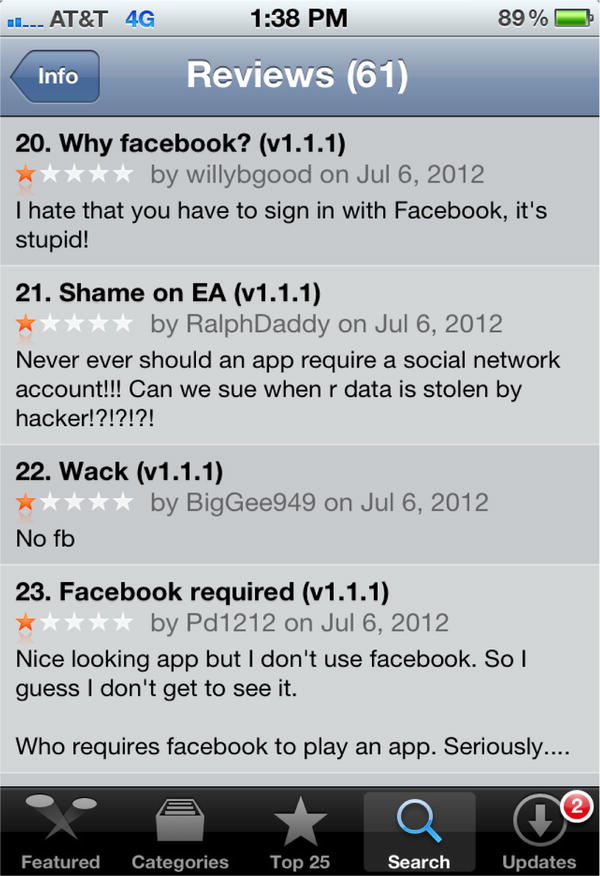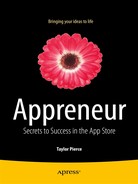Managing Users Today for Success Tomorrow
In the summer of 2011, I created a new app that I hoped would be a real success. After a few months of low sales, I decided to make the app freemium. With this new model, the app saw thousands of downloads each day. Server costs began to get pretty expensive, and the app was taking up a lot of my time. Server costs are generally calculated based on the amount of data your app’s database uses. If you have an app that has a lot of database interactions and a lot of users, your server costs can be hundreds of dollars a month. I wanted to move on to a new project, so I decided to sell the app. Although the app did not generate much revenue, it had a massive user base. I listed the app’s rights for sale; the app sold within 48 hours. What was interesting about this was that the buyer didn’t purchase the app because he liked it or because he saw it as a million dollar investment. He purchased it for the user base.
Another little-known fact among the majority of appreneurs is the worth of a good user base. Some of my success can be attributed to my early realization of this truth. If you fail to capture your user base, you have a bunch of random users and no data to track. I advise clients to capture, or try to capture, a user’s name and e-mail. Collecting this data is relatively easy and can be done via a registration screen and a simple database. It is beneficial to gather as much data as possible. In my apps, I capture information using the following fields:
- Username
- Version number
- Paid or free
- Number of in-app purchases
- Online or offline
- Number of e-mails (either to the developer or telling friends)
- Number of in-app tweets or Facebook posts
To the inexperienced this may appear to be too much information, but skilled appreneurs realize that information is power. That database interactions are fairly inexpensive makes the data retrieved through them all the more valuable. If you are able to capture a ton of user data, you are going to be an expert about how your app is used. For instance, knowing how many people are online at a particular moment is valuable because it tells you if a new update or added feature was a hit or a miss. Moreover, in the event that the time comes for you to sell the rights to the app (see Chapter 10), you will have all the data at hand. As a result, you will have no problem selling the app. Investors love when apps have a good user base. Investors will want to know trends, daily active users, and if there is an e-mail list associated with the app. Ready access to this information will increase the likelihood that the investors will work out a great offer for you. They will view you as a business professional who deserves respect. In contrast, if you don’t have data, you will appear unprepared and unworthy of a fair offer—if they decide to make any offer at all.
Capturing the Right Data for the Right Results
Capturing your users’ information is just part of a successful data retrieval plan. You need to keep your users happy. Most important, you need to keep them using the app! I encourage clients to create a simple e-mail address for their app. With an e-mail address, users can contact you without ever leaving the application. I provide a few different options for e-mailing in my apps:
- Feature request : This allows users to e-mail you their ideas for making the app better. Remember the saying “The customer is always right”? As mentioned earlier, this golden rule of business is true for your app’s users as well. The best part of the feature request is that sometimes the greatest ideas are the result of input from your customers.
- Bug report : With this option, users can tell you about any bugs and crashes they may experience. Generally, in your first version of the app there will be bugs. Taking heed of users’ descriptions of glitches will help you and your developer improve the overall quality of your application. Adding this is a must.
- Tell a friend : By far, this is one of my favorite e-mail features. Not many appreneurs include it, and why, I will never know. I can only assume they think people will not actually use it. This couldn’t be further from the truth. One of our games generates more than 100 “tell a friend” e-mails a day! I have a few suggestions on how to get similar results. First, prepopulate the body of the e-mail with text such as this: “I have been using [App name], and it is a ton of fun. You need to check it out: [HTML download link].” You can also copy yourself in the e-mail so that you get a copy each time this is sent. With this data feature, the user e-mails someone he or she knows, using this e-mail template. The recipient opens the e-mail (you will have close to a 100 percent open rate because the e-mail is from someone the person knows well) and sees that it talks about an awesome app. Immediately, the recipient notices the “Click to download” button and taps it. The link directs the recipient to the App Store to buy or download the app. Again, you have generated free advertising!
This feature is illustrated in the following example, the “Tell a friend” template for my Draw with Me app:

As you can see, the template contains a prepopulated subject and body. The body has the user’s name so that the person the user is inviting can play with him or her. I also include the download URL, in addition to the app’s title and how to search for it. The more information you can give on how to find the app, the better.
- Rate the app : This isn’t exactly an e-mail, but it takes the user to the App Store to review the app. Reviews are more important than some appreneurs realize. Understanding the importance of reviews is one of my most treasured App Store secrets. Reviews count toward your App Store search number, the ranking for your app for a searched term (for more details, see Chapter 8); the more reviews you have (they do not necessarily need to be good reviews), the higher you will rank for a searched term. For example, let’s say you have an app with the name App Title—Fun App. Also, you have a competitor with the very similar title App Title—Awesome App. Both of you have App Title as the app’s name, followed by a subtitle. Furthermore, you and your competitor have keywords that are similar or the same. You even have the same number of downloads. Which app shows up first in the search? The deciding factor is the number of reviews. Knowing that reviews can give you an edge is a trade secret. Take advantage of your newfound knowledge.
No instructions on how to manage users would be complete without considering the proper integration of social networks. Although social networks might seem to be the ideal method for obtaining user data, my advice is, do not ever require a user to sign in via a social network to use an app. There are apps that have lost more than half their user base because of imposing this requirement. Following are some reviews after a top 25 game made Facebook registration mandatory. The reviews displayed are not modified or staged; this is a screenshot right from the game’s “Reviews” section.

Let users choose whether or not they want to use social networks. If you are able to successfully integrate a social network, then you will be able to market to an exponential number of users. If you neglect to use a social network, your users are limited to the linear form of communication when they want to share your app. The constraints of this form permit users to communicate with only a few people at once, and most users won’t even do that. Integrating a social network allows hundreds of people to see your app for each person that posts to the social network, resulting in app exposure to an exponential number of potential users. Each post a user makes to the social network referring to you app will be seen by most of his or her friends on the newsfeed or timeline.
To illustrate the social network’s capability, let’s say you have a photo-sharing app. A user of your app wants to share a picture via a social network. You need to do this in a way that advertises the app but that isn’t blatant. Instagram, for example, has implemented this subtle technique. For each picture shared on Facebook, Instagram places a small image of its icon in the corner. The icon doesn’t affect the quality of the picture and builds great brand recognition. Instagram also adds unique albums for the photos users upload from the app. To clarify how this exposure can help your app, let’s look at what happens with each shared post. Our user has just posted the photo to a social network. The user has 300 friends, most of whom saw the picture and the icon. A few of them were so intrigued, they downloaded the app. Now, the new users have posted a picture, a few more friends download, and so on. This is how apps go viral. Exponential growth is very powerful; you need to take advantage of it and the free advertising it affords. Ignoring the possibilities social networking sites offer is forfeiting the chance that your app will go viral. Plain and simple, the more people that see your app, the better chances you have of its being successful. Social networks are all about fads. If something is viewed as the latest hot toy, people will not hesitate to download it.
Keeping your users happy is crucial for long-term app success. Maintaining user satisfaction will encourage your users to continue purchasing your apps, in addition to advertising your apps to their friends. Incorporate these tips into your application development, and I believe there is a good chance I will be reading about your app one day.
The next chapter provides a guide for determining which apps are hot and which apps are not.
